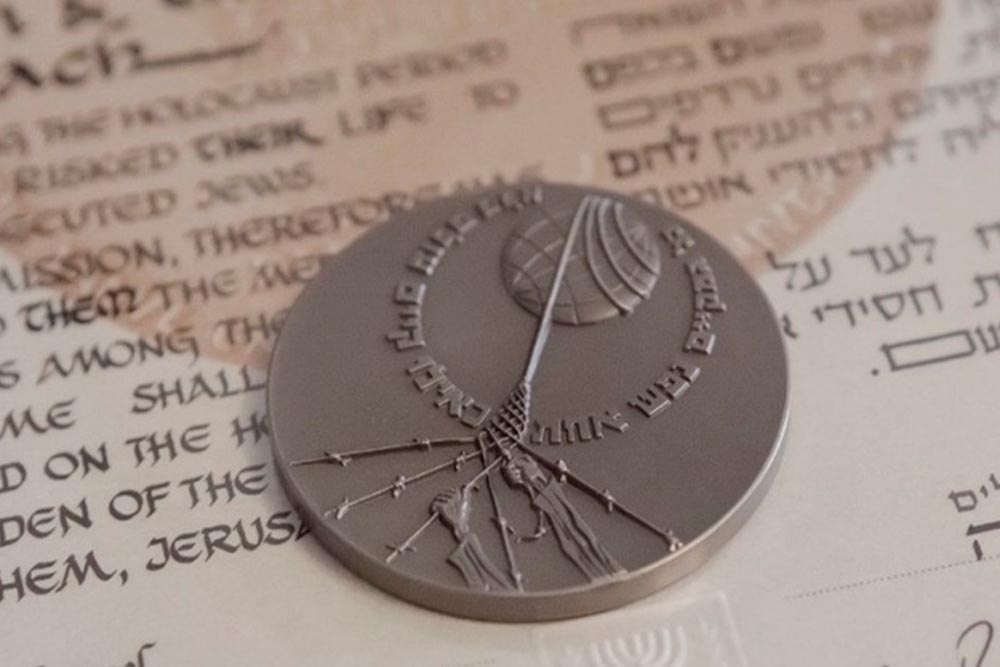Bank of Portraits / Diordiai (Tokar) Mariia

Diordiai (Tokar) Mariia
Mariia Diordiai lived in the village of Niahove (current – Dobrianske village) in Transcarpathia. In 1939, the region was captured by Hortist Hungary. In the summer of 1941, the occupiers took part of the Jews who did not receive Hungarian citizenship to the territory where the German administration was operating – to Khmelnytskyi, Ivano-Frankivsk and Ternopil regions. Already at the end of August, the Jews sent to Kamianets-Podilskyi were shot. In the course of 1941–1942, almost all of their tribesmen, who were taken to Eastern Galicia, died. Those who illegally returned to their native lands were arrested by the Hungarian authorities and handed over to representatives of the German security police.
After the first deportation of Jews from the village, Mariia Diordiai was approached by her friend Batia Alder, who asked for shelter in her house. Mariia agreed to hide. When the danger passed and Batia was able to walk freely through the settlement, she learned that her family had been taken away. The girl stayed to live in Mariia's house. The friends went everywhere together, and if necessary, Mariia explained to the authorities who checked the documents that the metrics were lost and the process of their recovery was in progress.
After the introduction of Hitler's troops into Hungary and Transcarpathia in March 1944, a mass cleansing of the territory of Jews began. The Royal Hungarian Gendarmerie carried out anti-Jewish actions in the region. The Transcarpathian region was part of the 8th Gendarmerie District, the headquarters of which operated in Košice (Slovakia). By order of the German security authorities, the Hungarian gendarmerie in April 1944 concentrated Jews in camps and ghettos in large cities (the cities of Uzhhorod, Mukachevo, Berehovo, etc.). From May 14 to June 6, 1944, about 85 thousand people were taken to Auschwitz in 28 trains from eight places of detention of Jews in the region. Batia Alder was also sent there. Fortunately, she survived and returned to her native village.
In 1946, Batia emigrated to Israel. In 1996, she was able to come to Ukraine and look for her friend Mariia.
In 2013, Yad Vashem recognized Mariia Diordiai as the Righteous Among the Nations.
Svitlana Demchenko
Kyiv
National museum of the History of Ukraine in the Second World War
-
fingerprintArtefacts
-
theatersVideo
-
subjectLibrary


